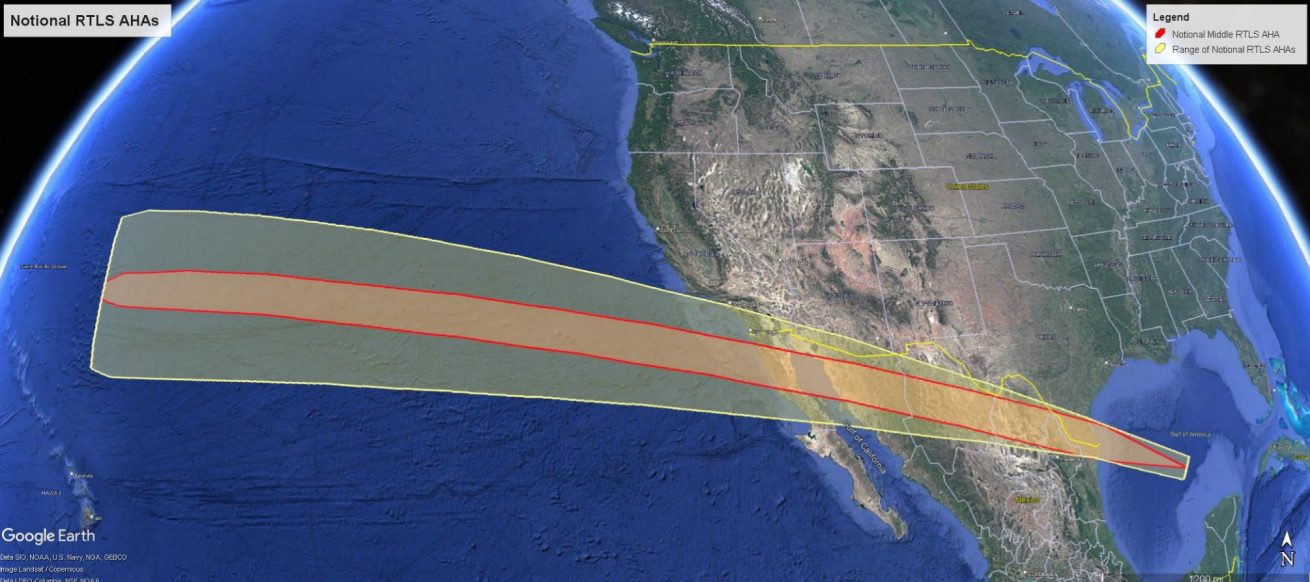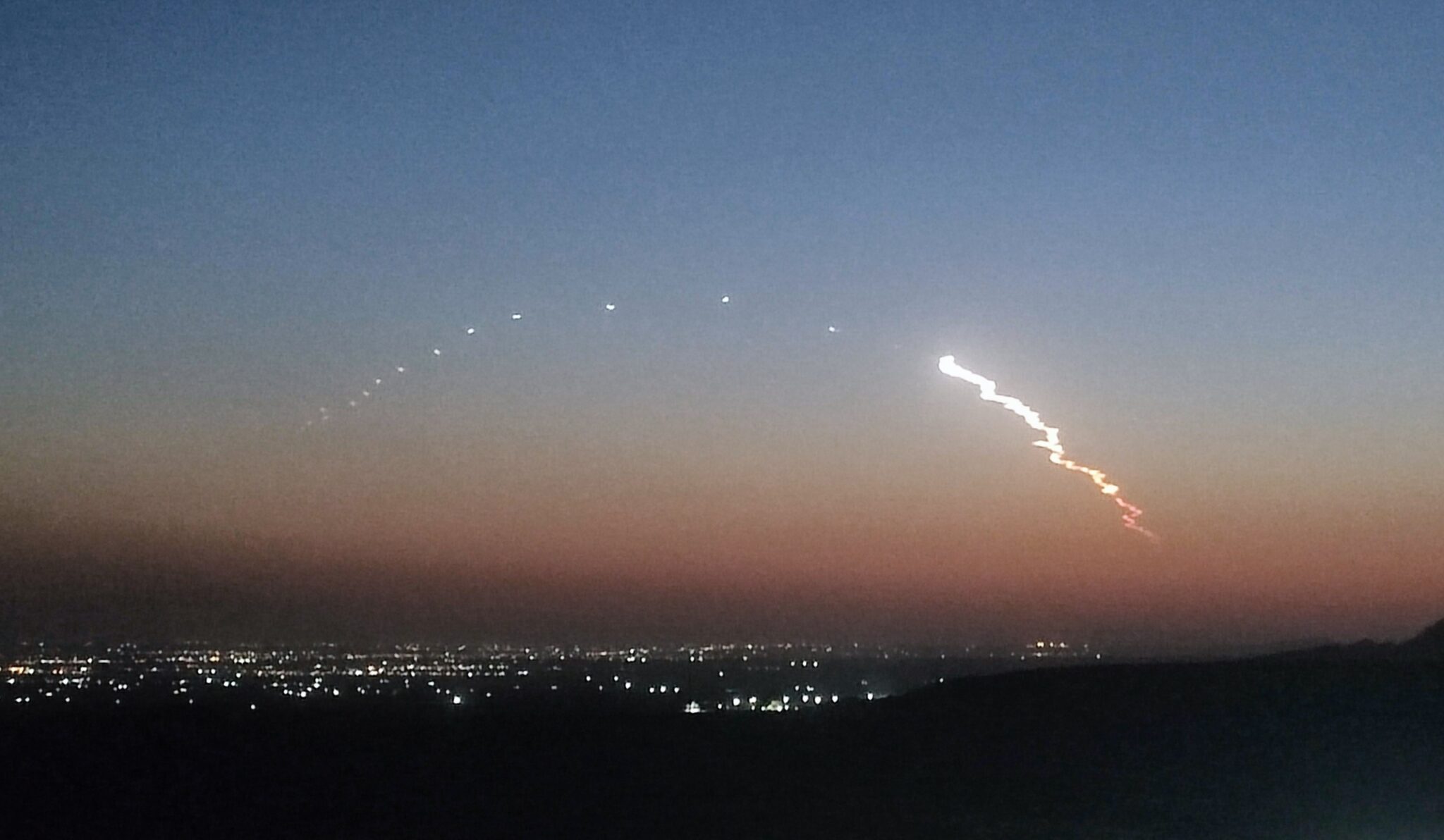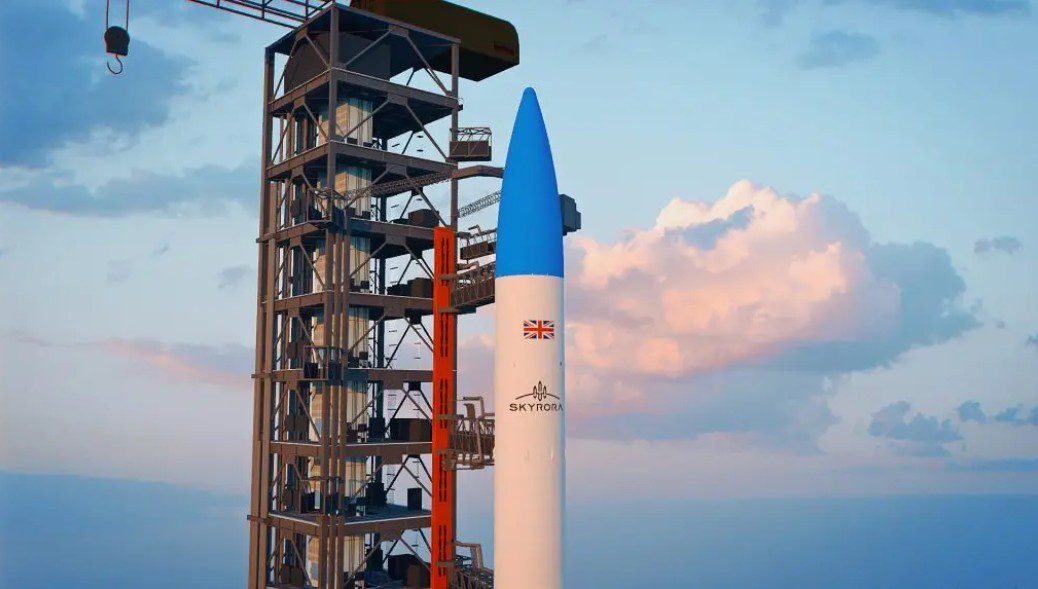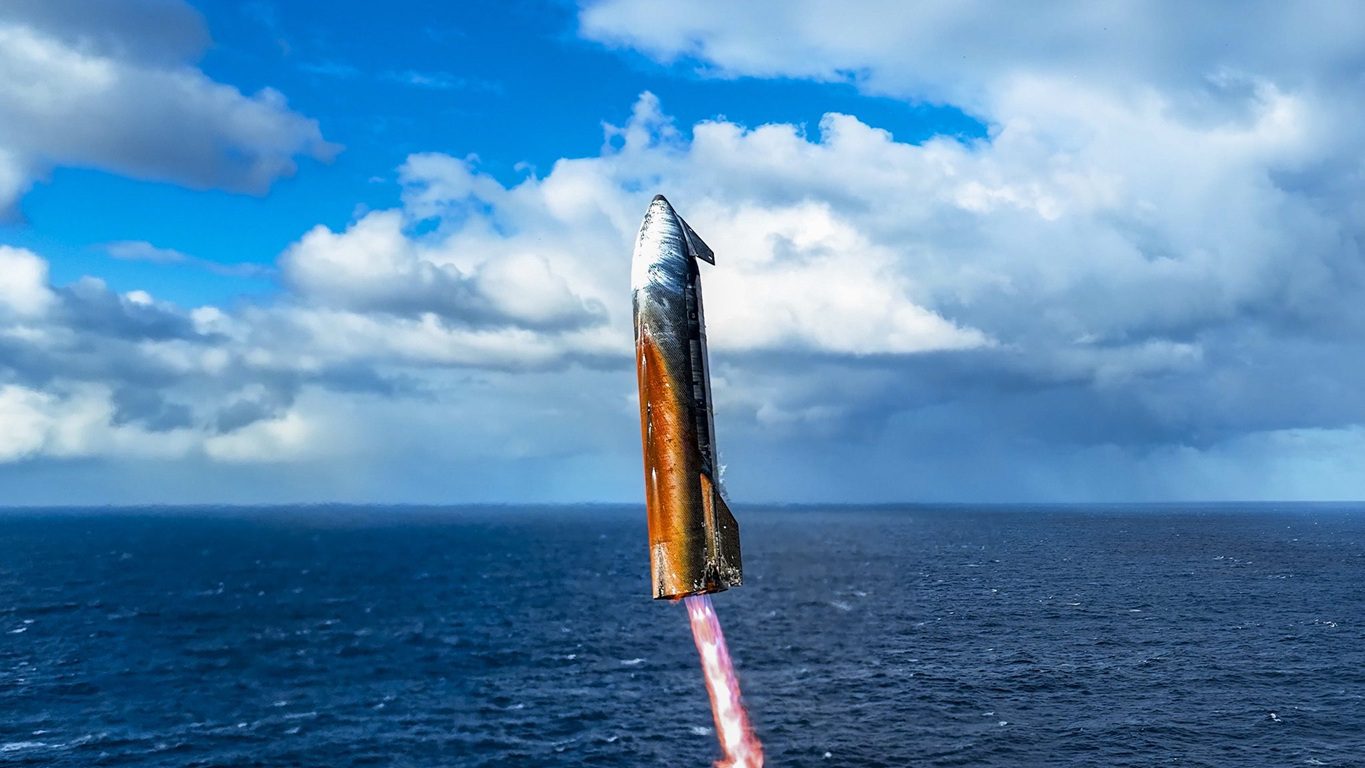A Soyuz FG rocket successfully launched three astronauts to the International Space Station (ISS) on board their Soyuz TMA-017M/ISS-43S spacecraft (aka Soyuz TMA-17M). Lift-off from the Baikonur Cosmodrome near Tyuratam, Kazakhstan, took place at 2102 GMT on 22 July 2015. Nearly six hours later, at 0245 GMT on 23 July 2015, the capsule docked with the ISS. There was one anomaly. The port solar array of the Soyuz TMA spacecraft remained jammed until just seven minutes before docking. The event will cause engineers concern as a similar event involving a sticking solar array happened on Soyuz TMA-014M. This Soyuz mission, Soyuz TMA-017M, carried the Russian cosmonaut Oleg Kononenko, US astronaut Kjell Lindgren and Japanese astronaut Kimiya Yui.
Before the flight, on 16 July, the three crew already aboard the ISS, cosmonauts Gennady Padalka and Mikhail Kornienko and NASA astronaut Scott Kelly, took shelter in their Soyuz TMA lifeboat as a piece of debris, part of a now retired Russian METEOR 2 satellite launched from Plesetsk in 1979, flew within the danger area of the ISS. They closed all hatches between the Soyuz TMA and the ISS and remained there for about 10 minutes until the danger had passed. The closest point of approach occurred at 1101 GMT.
As Russia has recommitted to operating the ISS until 2024, operations on the space station continue as normal. The release of cubesats has restarted from the Japanese JEM module, beginning with 14 Flock 1E spacecraft released on 13, 14 and 15 July 2015 and continuing onwards, followed with the release of Arkyd 3R and Centennial-1 on 16 July 2015.







